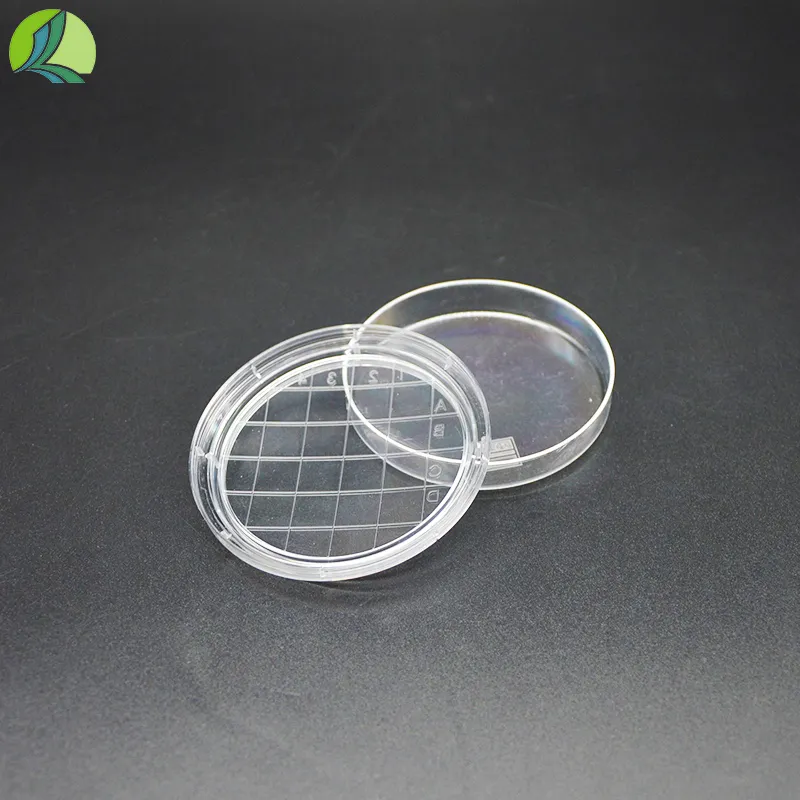https://www.wahmg.com/)">
Best Practices for Handling Empty Injection Bottles Safely and Efficiently
Best Practices for Handling Empty Injection Bottles Safely and Efficiently
The Importance of Proper Disposal of Empty Injection Bottles
In the realm of healthcare, the importance of proper disposal of various medical waste cannot be underestimated. Among these wastes are empty injection bottles, commonly used for a variety of medications, vaccines, and other therapeutics. These bottles, although seemingly innocuous when empty, can pose significant risks if not disposed of appropriately. Understanding the importance of proper disposal techniques not only contributes to environmental preservation but also plays a crucial role in public health and safety.
Understanding the Composition of Injection Bottles
Injection bottles, typically made from glass or plastic, are designed to hold sterile liquids. Glass bottles offer benefits such as chemical resistance and the ability to maintain a sterile environment, while plastic bottles are lightweight and often cheaper to produce. Regardless of the material, once these bottles are emptied, they may still carry residues of the medication that was contained within them. These residues can include active pharmaceutical ingredients (APIs) that, if released into the environment without proper disposal, could lead to contamination of soil and water sources.
Environmental Risks of Improper Disposal
Improper disposal methods—such as throwing empty bottles in regular trash—can contribute to severe environmental consequences. If glass bottles break, they can pose physical hazards to garbage collectors and wildlife. If plastic bottles are improperly discarded, they can take hundreds of years to decompose, leading to pollution in landfills and our oceans. Furthermore, the leaching of pharmaceutical residues into landfills and waterways can disrupt local ecosystems and harm aquatic life, challenging biodiversity and the health of food chains.
Public Health Implications
empty injection bottle

The threats posed by improperly disposed injection bottles extend into public health concerns. Many medications, if not disposed of correctly, can lead to unintentional drug exposures, particularly among children and pets. Moreover, the accumulation of pharmaceutical residues in shared water supplies can contribute to the phenomenon known as “pharmaceutical pollution,” which has been shown to affect wildlife behavior and reproductive health.
Best Practices for Disposal
To mitigate these risks, several best practices for the disposal of empty injection bottles should be followed. First and foremost, healthcare facilities and pharmacies should implement proper disposal protocols that comply with local regulations concerning pharmaceutical waste. This includes utilizing designated pharmaceutical waste containers and ensuring that all staff members are trained in proper disposal techniques.
For individuals handling empty injection bottles at home, several steps can be taken. Firstly, it is advised to not simply discard the bottles in regular trash. Instead, they should be taken to designated collection points that cater to pharmaceutical waste. Many communities have programs for the safe disposal of medications and related materials, which often include annual drug take-back days. If such services are unavailable, patients can follow the FDA's guidelines mix any remnants of medicine with an unpalatable substance—like dirt, cat litter, or used coffee grounds—seal them in a container, and then dispose of them in the household trash.
Conclusion
The issue of empty injection bottle disposal is often overlooked but is critically important in maintaining both environmental integrity and public health. By being mindful of how these materials are disposed of, we can prevent harm to our surroundings and ourselves. Through educational initiatives and adherence to proper disposal methods, we can foster a culture of responsibility that emphasizes the importance of managing medical waste, ensuring a safer future for all. It is imperative for healthcare providers, policy makers, and the public to work together towards finding effective solutions to tackle the challenges posed by empty injection bottles and their residues, ultimately protecting our environment and communities.
-
Wholesale Plastic Juice Bottles with Caps 16 oz Options Available Bulk Packaging SolutionsNewsJun.10,2025
-
Laboratory Apparatus Reagent Bottle – Durable & Chemical Resistant Bottles for Safe StorageNewsJun.10,2025
-
Squeezable Dropper Bottles Durable, Leak-Proof & CustomizableNewsMay.30,2025
-
Affordable Plastic Petri Plates Sterile & Disposable Lab-GradeNewsMay.30,2025
-
Eye Dropper Caps Precision 24/410 & Plastic Bottle-Compatible TipsNewsMay.30,2025
-
Affordable Mini Spray Bottle Price & Wholesale Deals Shop NowNewsMay.29,2025





















